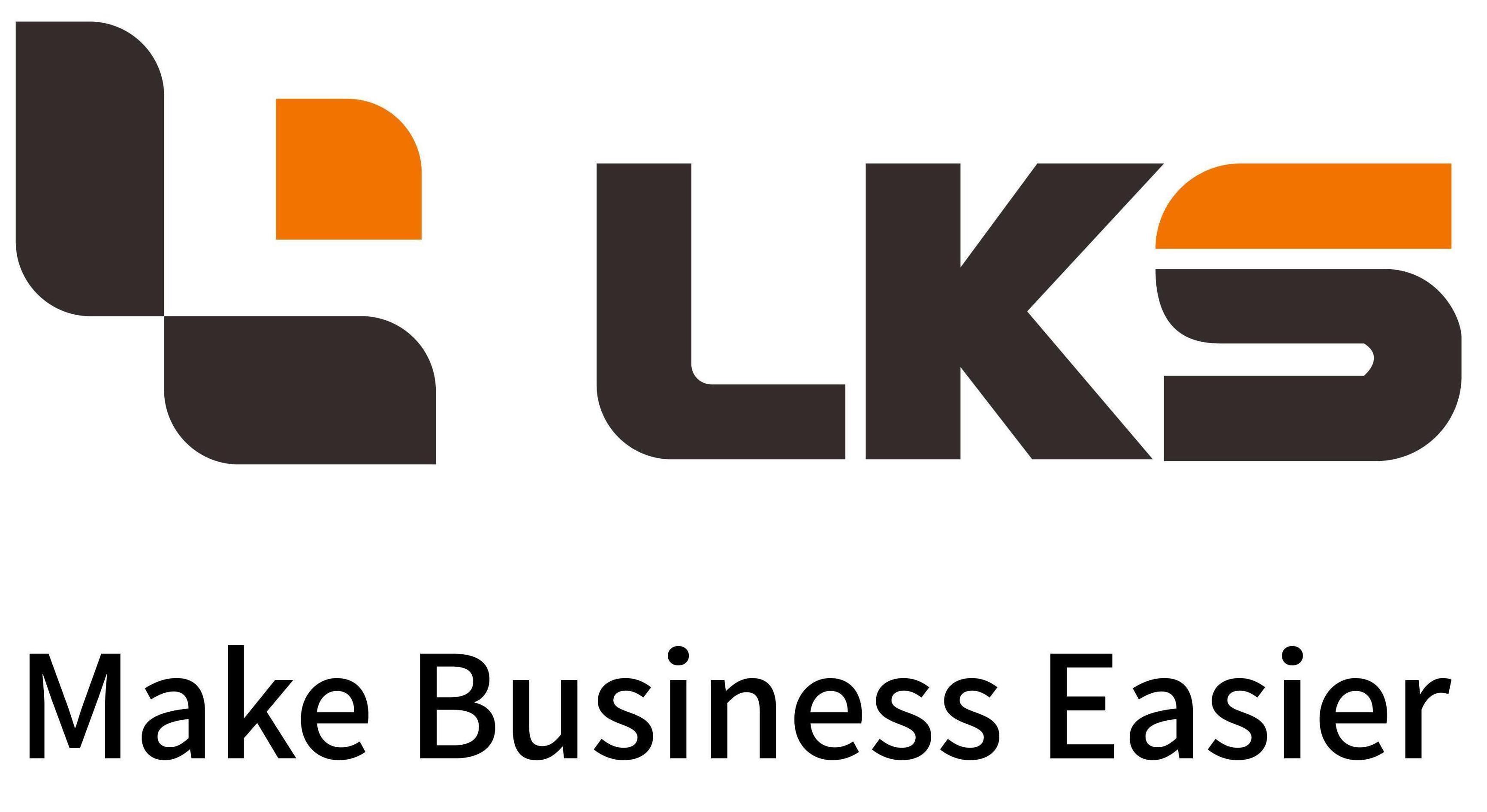Outpatient All-in-One Machine Customer Case--Medical Industry Case
Case Background
Aiming at the problem of "three longs and one short" in the hospital medical process, i.e. long queuing time, long distance traveling, duplicated procedures, as well as the short board of patient service experience, this case discusses how to improve the patient's medical experience through the outpatient all-in-one machine.
Case Study Theme
This case study aims to explore how outpatient MFPs can solve the pain points of patients' medical treatment through technological innovation, and improve service efficiency and patient satisfaction.
Self-service product technology introduction
The outpatient all-in-one machine is a comprehensive self-service device that combines the functions of card building, registration, payment and printing. It adopts a bank-level triple-proof 3DES encrypted metal password keypad to guarantee payment security; it has a built-in second-generation ID card reader and UL-certified password lock to ensure the security of user information and operations; in addition, it is equipped with a banknote collector with anti-counterfeiting function, a high-definition camera, and a detailed log file recording function.
Problems and Needs Solved
The outpatient all-in-one machine mainly solves the following problems and needs:
Reducing queuing time: patients can quickly complete operations such as card building, recharging and registration, greatly reducing queuing time.
Reduce the burden of running errands: Self-service equipment simplifies the process of medical consultation, and patients do not need to run back and forth between various departments in the hospital.
Improve payment security: The security of the payment process is ensured through high standard security technology.
Improve the medical experience: Optimizing the process reduces the tediousness of medical treatment and improves the overall satisfaction of patients during their visit.
Technical Challenges
User-friendliness: Ensuring that patients of all ages can easily operate the device.
Data security: Ensure transaction security while protecting patient privacy.
Equipment Maintenance: Ensure stable operation of the equipment for a long period of time, and handle equipment replenishment and maintenance issues in a timely manner.
Specific solutions and application design innovation
Intelligent medical guide system: self-service registration and consultation check-in, one-time triage, and improved efficiency.
Real-time monitoring and maintenance: Self-service equipment management system monitors the use of equipment, and the early warning system notifies the relevant departments to deal with problems in time.
Data backup and security: Adoption of high-security password management system, self-service key change, as well as automatic backup of terminal business data.
Password management methods: the use of the main, working key of the two paid secret system, the main key to take two components to enter the different or imported into the cryptographic keyboard, the working key to adopt a machine a secret, each application to start the machine signing to update the working key, the day to cut, the machine self-service key change, the level of security: the use of the current banking system common mature model.
Self-service equipment with cash function area to install video monitoring function, can monitor the entrance to the banknote, as well as the use of the patient's video.
Utilization Effect and Benefit Impact
Through the implementation of the outpatient all-in-one machine, the hospital's outpatient service process has been significantly optimized. Patient access time is reduced and processes are streamlined, creating a timely and convenient environment for patients. The operational efficiency of the hospital is improved and patient satisfaction is increased, thus enhancing the overall service quality of the hospital.
Through the implementation of the outpatient card program, it enables outpatients to complete card building, recharge (outpatient stored-value card), registration, and number pickup on the kiosk; they can pay the bill on the self-service equipment after completing the consultation and then undergo the examination, treatment, or pick up the medication. When all processes are completed, invoices can be printed on the self-service machines. This optimizes the outpatient service process, reduces patients' round-trip running and multiple queues, and creates a timely and convenient medical environment for patients.
This program is designed to build a card, recharge, transfer, self-service registration (intelligent guidance), check-in (using a triage), queuing and calling, self-service payment where the cost is incurred (print receipt), settlement (including patients with medical insurance), and reconciliation. Associated with the main index of patients, and can realize the expansion of online full-time appointment registration, inpatient prepayment, a la carte and other functional modules.
Customer Feedback and Real Feelings
Patient A: said that it is very convenient to register and pay bills through the outpatient all-in-one machine, which saves a lot of time.
Patient B: Appreciated that the self-service equipment reduces the inconvenience and unnecessary waiting in the process of medical treatment.
Patient C: Satisfied with the modernized medical experience brought by the self-service devices, especially the concern for privacy and security.
This feedback proves that the All-in-One Clinic has successfully solved patients' pain points in practical applications, improved the efficiency of medical treatment, ensured data security, and has been widely welcomed by patients.











